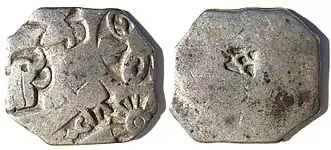The Numismatics Portal
Numismatics is the study or collection of currency, including coins, tokens, paper money, medals and related objects.
Specialists, known as numismatists, are often characterized as students or collectors of coins, but the discipline also includes the broader study of money and other means of payment used to resolve debts and exchange goods.
The earliest forms of money used by people are categorised by collectors as "odd and curious", but the use of other goods in barter exchange is excluded, even where used as a circulating currency (e.g., cigarettes or instant noodles in prison). As an example, the Kyrgyz people used horses as the principal currency unit, and gave small change in lambskins; the lambskins may be suitable for numismatic study, but the horses are not. Many objects have been used for centuries, such as cowry shells, precious metals, cocoa beans, large stones, and gems. (Full article...)
 Featured article -
Featured article -
Selected article -
The banknotes of Zimbabwe were physical forms of Zimbabwe's first four incarnations of the dollar ($ or Z$), from 1980 to 2009. The banknotes of the first dollar replaced those of the Rhodesian dollar at par in 1981, one year after the proclamation of independence. The Reserve Bank of Zimbabwe issued most of the banknotes and other types of currency notes in its history, including the bearer cheques and special agro-cheques ("agro" being short for agricultural) that circulated between 15 September 2003 and 31 December 2008: the Standard Chartered Bank also issued their own emergency cheques from 2003 to 2004.
The obverse of Zimbabwean banknotes (including notes of the current dollar) featured an illustration of the Domboremari, one of the Chiremba Balancing Rocks located near Harare and Epworth: the Domboremari also appeared on bearer and agro-cheques, as part of the Reserve Bank's logo. The reverse often featured the culture or landmarks of the country. (Full article...)Selected image
Did you know...

- ...that with its two-dollar coin (reverse pictured), Newfoundland was the only British colony to issue circulating gold coinage?
- ...that Mount Burgess is nicknamed the Ten Dollar Mountain because it was featured on Canadian currency?
- ...that the American Buffalo gold bullion coin was the first .9999 fine 24-carat gold coin released by the United States Mint?
- ...that the Alabama centennial half dollar was the first commemorative coin minted with the image of a living individual?
- ...that Aksumite currency was the only native coinage to be issued in Africa without direct influence by an outside culture like Roman, Greek, etc...?
Related portals
Selected coin -
The five-dollar coin is the second-highest-denomination coin of the Hong Kong dollar. It replaced the five-dollar banknote in 1976.
It was first issued as a 10-sided coin in 1976, under British rule. The coin was also made of copper-nickel but weighed 10.76 grams, was 31 mm in diameter and 2.08 mm thick. The obverse featured Arnold Machin's portrait of Queen Elizabeth II and the inscription Queen Elizabeth II. Its reverse featured a crowned British lion and the year of minting, as well as the country's name and the coin's denomination in both English and Chinese. (Full article...)Selected banknote image -

Credit: commons:User:Schutz.
A 1000 Swiss franc note, the fourth highest non-commemorative banknote in the world.
General images -
Numismatic terminology
- Bullion – Precious metals (platinum, gold and silver) in the form of bars, ingots or plate.
- Error – Usually a mis-made coin not intended for circulation, but can also refer to an engraving or die-cutting error not discovered until the coins are released to circulation. This may result is two or more varieties of the coin in the same year.
- Exonumia – The study of coin-like objects such as token coins and medals, and other items used in place of legal currency or for commemoration.
- Fineness – Purity of precious metal content expressed in terms of one thousand parts. 90% is expressed as .900 fine.
- Notaphily – The study of paper money or banknotes.
- Scripophily – The study and collection of stocks and Bonds.
WikiProjects
- Numismatics
- Business
- Philately
Numismatic topics
Money - Coins - Banknotes - Electronic money - Exchange rate - Legal tender - Clubs - Terminology
Ancient currency: Asia - Byzantium - Greece - Primitive Money - Roman - Indian coinage
Modern currency: Africa - The Americas - Asia and the Pacific - Europe - Bullion coins - Challenge coin - Commemorative coins - Token coins
Economics: Banking - Bonds - Cheques - Credit Cards - Fiat currency - Gold standard - Mints - Monetary union - Reserve currency - Stocks
Production: Coining (machining) - Designers - Die making - Mint (coin) • Coinage Metals: Aluminum - Bronze - Copper - Gold - Platinum - Silver - Tin
Subcategories
Most traded currencies
| Rank | Currency | ISO 4217 code |
Symbol or abbreviation |
Proportion of daily volume | |
|---|---|---|---|---|---|
| April 2019 | April 2022 | ||||
| 1 | U.S. dollar | USD | US$ | 88.3% | 88.5% |
| 2 | Euro | EUR | € | 32.3% | 30.5% |
| 3 | Japanese yen | JPY | ¥ / 円 | 16.8% | 16.7% |
| 4 | Sterling | GBP | £ | 12.8% | 12.9% |
| 5 | Renminbi | CNY | ¥ / 元 | 4.3% | 7.0% |
| 6 | Australian dollar | AUD | A$ | 6.8% | 6.4% |
| 7 | Canadian dollar | CAD | C$ | 5.0% | 6.2% |
| 8 | Swiss franc | CHF | CHF | 4.9% | 5.2% |
| 9 | Hong Kong dollar | HKD | HK$ | 3.5% | 2.6% |
| 10 | Singapore dollar | SGD | S$ | 1.8% | 2.4% |
| 11 | Swedish krona | SEK | kr | 2.0% | 2.2% |
| 12 | South Korean won | KRW | ₩ / 원 | 2.0% | 1.9% |
| 13 | Norwegian krone | NOK | kr | 1.8% | 1.7% |
| 14 | New Zealand dollar | NZD | NZ$ | 2.1% | 1.7% |
| 15 | Indian rupee | INR | ₹ | 1.7% | 1.6% |
| 16 | Mexican peso | MXN | $ | 1.7% | 1.5% |
| 17 | New Taiwan dollar | TWD | NT$ | 0.9% | 1.1% |
| 18 | South African rand | ZAR | R | 1.1% | 1.0% |
| 19 | Brazilian real | BRL | R$ | 1.1% | 0.9% |
| 20 | Danish krone | DKK | kr | 0.6% | 0.7% |
| 21 | Polish złoty | PLN | zł | 0.6% | 0.7% |
| 22 | Thai baht | THB | ฿ | 0.5% | 0.4% |
| 23 | Israeli new shekel | ILS | ₪ | 0.3% | 0.4% |
| 24 | Indonesian rupiah | IDR | Rp | 0.4% | 0.4% |
| 25 | Czech koruna | CZK | Kč | 0.4% | 0.4% |
| 26 | UAE dirham | AED | د.إ | 0.2% | 0.4% |
| 27 | Turkish lira | TRY | ₺ | 1.1% | 0.4% |
| 28 | Hungarian forint | HUF | Ft | 0.4% | 0.3% |
| 29 | Chilean peso | CLP | CLP$ | 0.3% | 0.3% |
| 30 | Saudi riyal | SAR | ﷼ | 0.2% | 0.2% |
| 31 | Philippine peso | PHP | ₱ | 0.3% | 0.2% |
| 32 | Malaysian ringgit | MYR | RM | 0.2% | 0.2% |
| 33 | Colombian peso | COP | COL$ | 0.2% | 0.2% |
| 34 | Russian ruble | RUB | ₽ | 1.1% | 0.2% |
| 35 | Romanian leu | RON | L | 0.1% | 0.1% |
| 36 | Peruvian sol | PEN | S/ | 0.1% | 0.1% |
| 37 | Bahraini dinar | BHD | .د.ب | 0.0% | 0.0% |
| 38 | Bulgarian lev | BGN | BGN | 0.0% | 0.0% |
| 39 | Argentine peso | ARS | ARG$ | 0.1% | 0.0% |
| … | Other | 1.8% | 2.3% | ||
| Total[note 1] | 200.0% | 200.0% | |||
Web resources
- NumisWiki
- International Association of Professional Numismatists
- American Numismatic Association
- American Numismatic Society
- British Numismatic Association
- American Vecturist Association
- Challenge Coin Association
- Numismatic Museum of Athens, Greece
- The Perth Mint Australia
- Central Mint of China
- Royal Mint
- The French Mint
- United States Mint
- Bank of Russia
- Royal Canadian Mint
- Exact Change numismatic software
Things you can do
|
|
Associated Wikimedia
The following Wikimedia Foundation sister projects provide more on this subject:
-
 Commons
Commons
Free media repository -
 Wikibooks
Wikibooks
Free textbooks and manuals -
 Wikidata
Wikidata
Free knowledge base -
 Wikinews
Wikinews
Free-content news -
 Wikiquote
Wikiquote
Collection of quotations -
 Wikisource
Wikisource
Free-content library -
 Wikiversity
Wikiversity
Free learning tools -
 Wiktionary
Wiktionary
Dictionary and thesaurus
Sources
- ↑ The total sum is 200% because each currency trade is counted twice: once for the currency being bought and once for the one being sold. The percentages above represent the proportion of all trades involving a given currency, regardless of which side of the transaction it is on. For example, the US dollar is bought or sold in 88% of all currency trades, while the euro is bought or sold in 31% of all trades.
- ↑ "Triennial Central Bank Survey Foreign exchange turnover in April 2022" (PDF). Bank for International Settlements. 27 October 2022. p. 12. Archived (PDF) from the original on 2022-10-27. Retrieved 2022-10-29.
-
 List of all portalsList of all portals
List of all portalsList of all portals -
 The arts portal
The arts portal -
 Biography portal
Biography portal -
 Current events portal
Current events portal -
 Geography portal
Geography portal -
 History portal
History portal -
 Mathematics portal
Mathematics portal -
 Science portal
Science portal -
 Society portal
Society portal -
 Technology portal
Technology portal -
 Random portalRandom portal
Random portalRandom portal -
 WikiProject PortalsWikiProject Portals
WikiProject PortalsWikiProject Portals
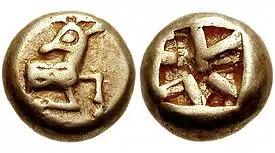

.jpg.webp)

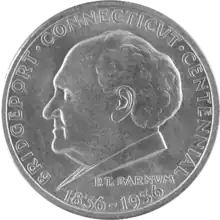
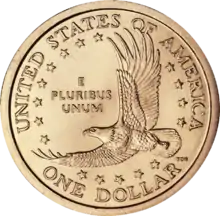
.png.webp)
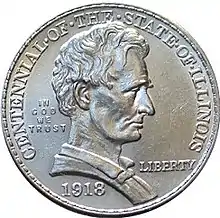
.jpg.webp)
.jpg.webp)
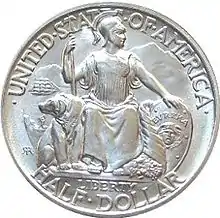
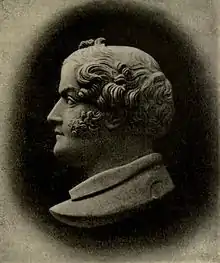
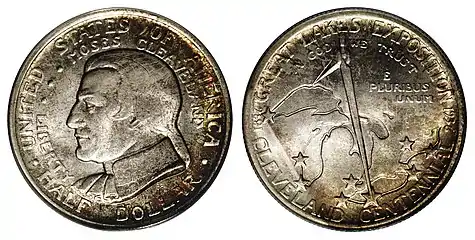

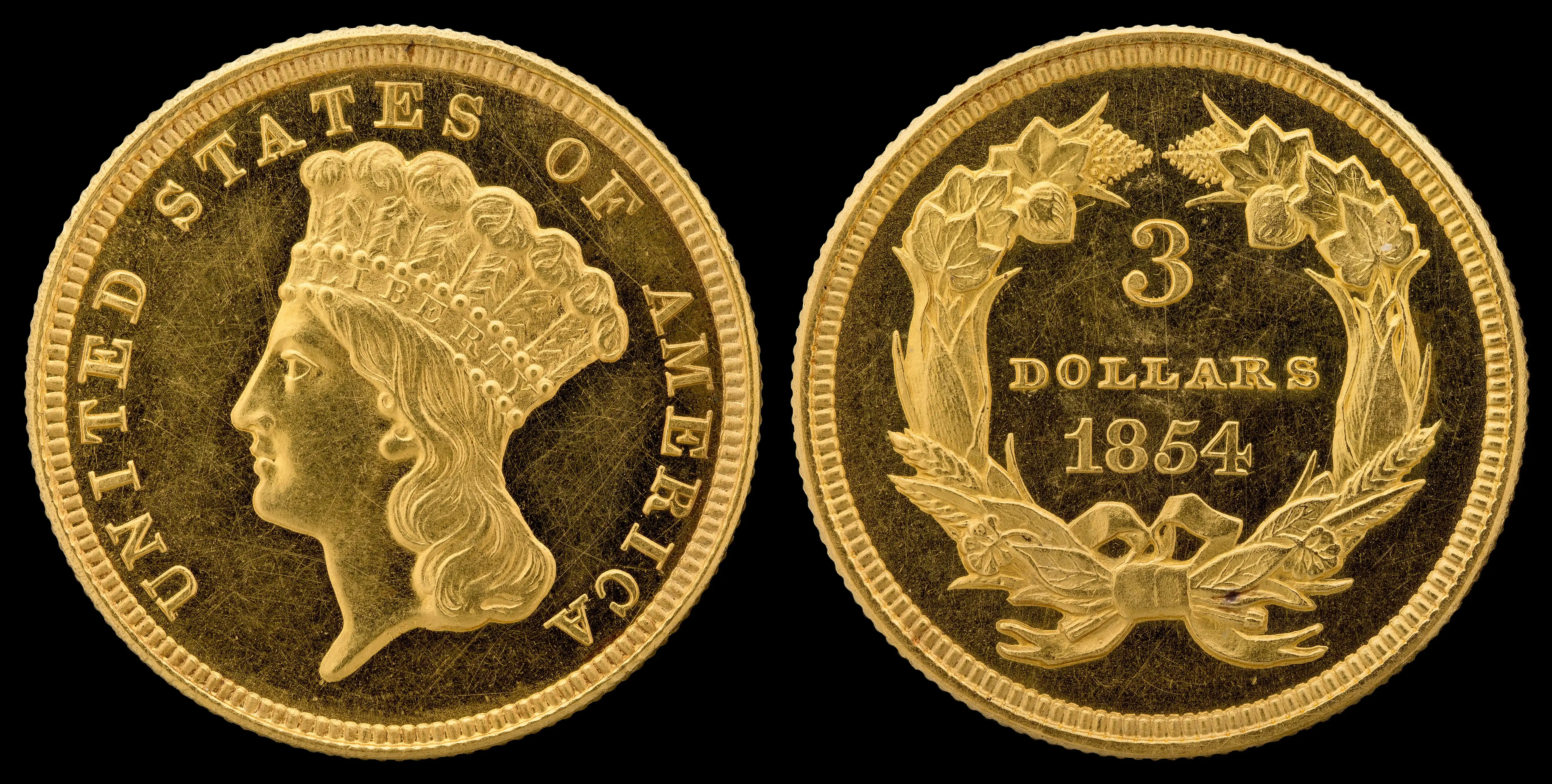

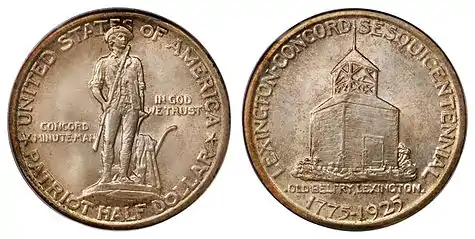
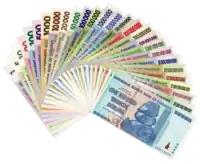





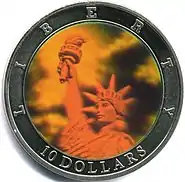
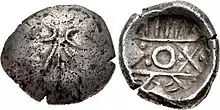
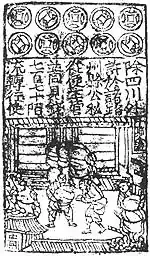
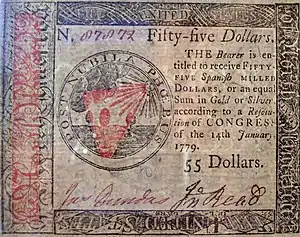
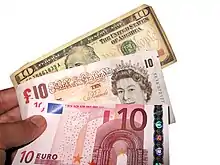
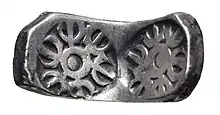
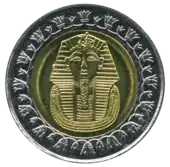
.jpg.webp)
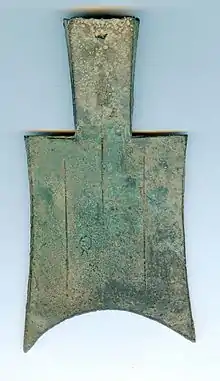
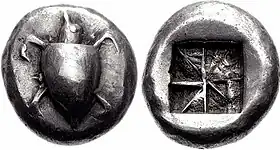
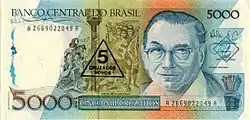

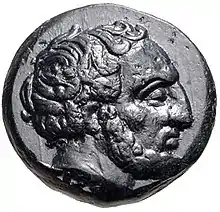

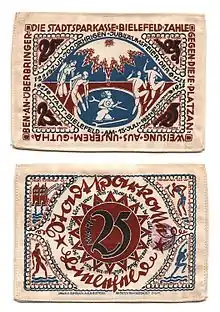
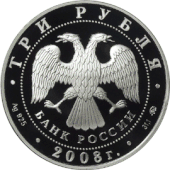
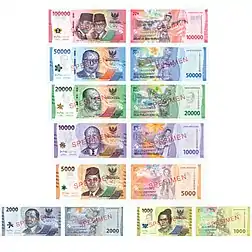
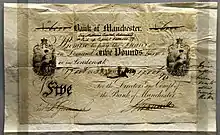



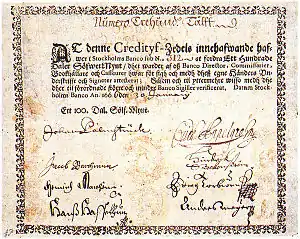
![Image 28Chinese round coins, Eastern Zhou dynasty – Warring States Period, c. 300–220 BC. Four Hua (四化, 30mm, 6.94 g). Legend Yi Si Hua ([City of] Yi Four Hua). (from Coin)](../I/CHINA%252C_Eastern_Zhou_dynasty_-_Warring_States_Period._State_of_Q%C3%AD._City_of_Yi._Circa_300-220_BC.jpg.webp)
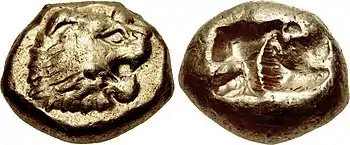
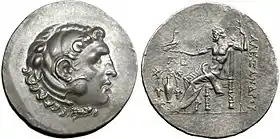
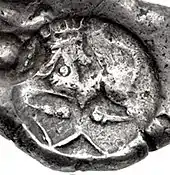
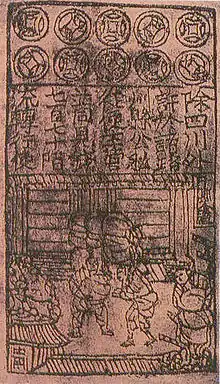
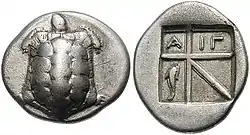
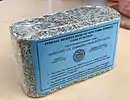
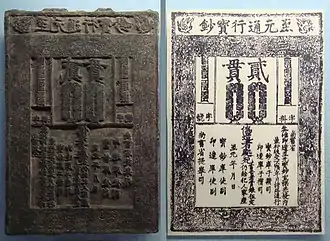
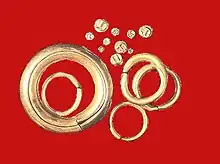
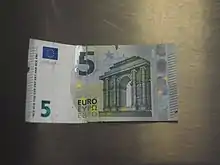
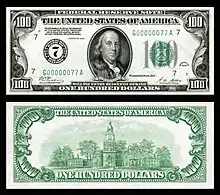

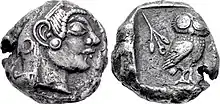
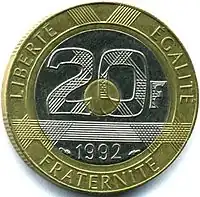
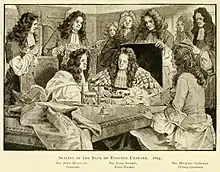
.jpg.webp)
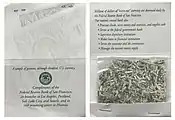
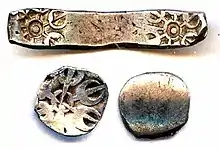
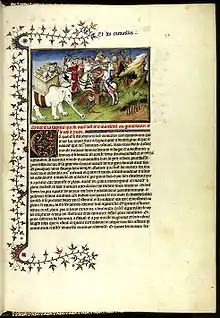
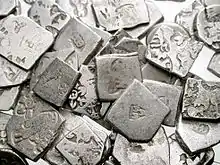
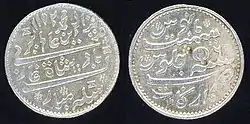
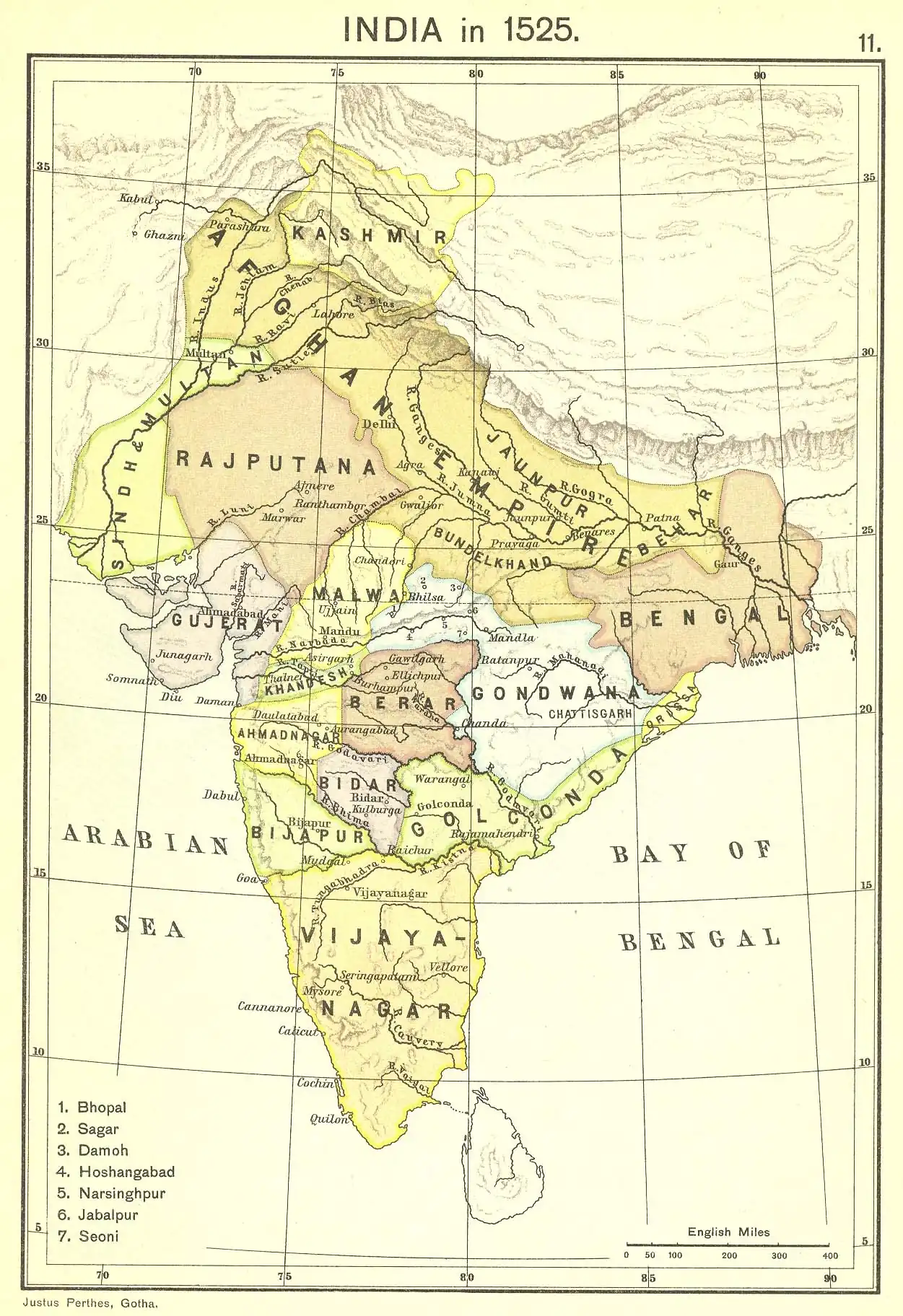
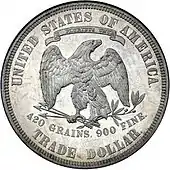
.jpg.webp)


